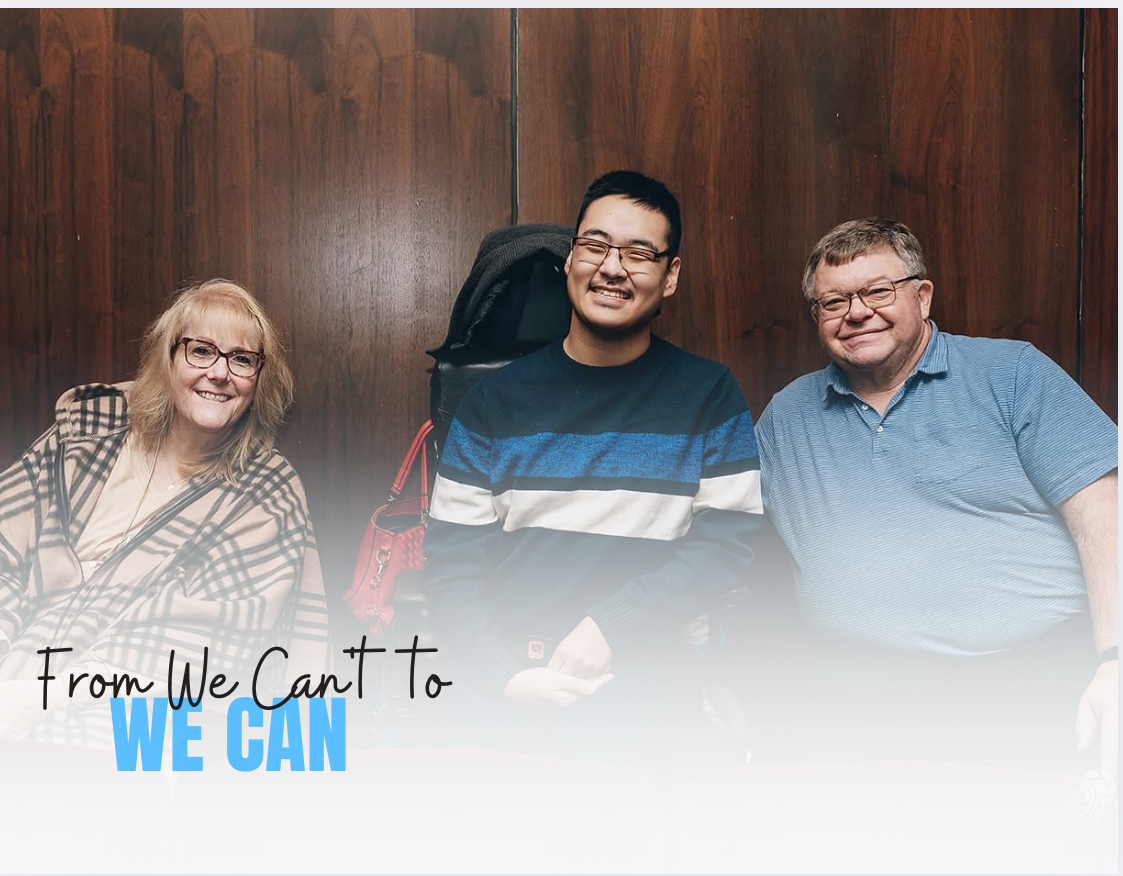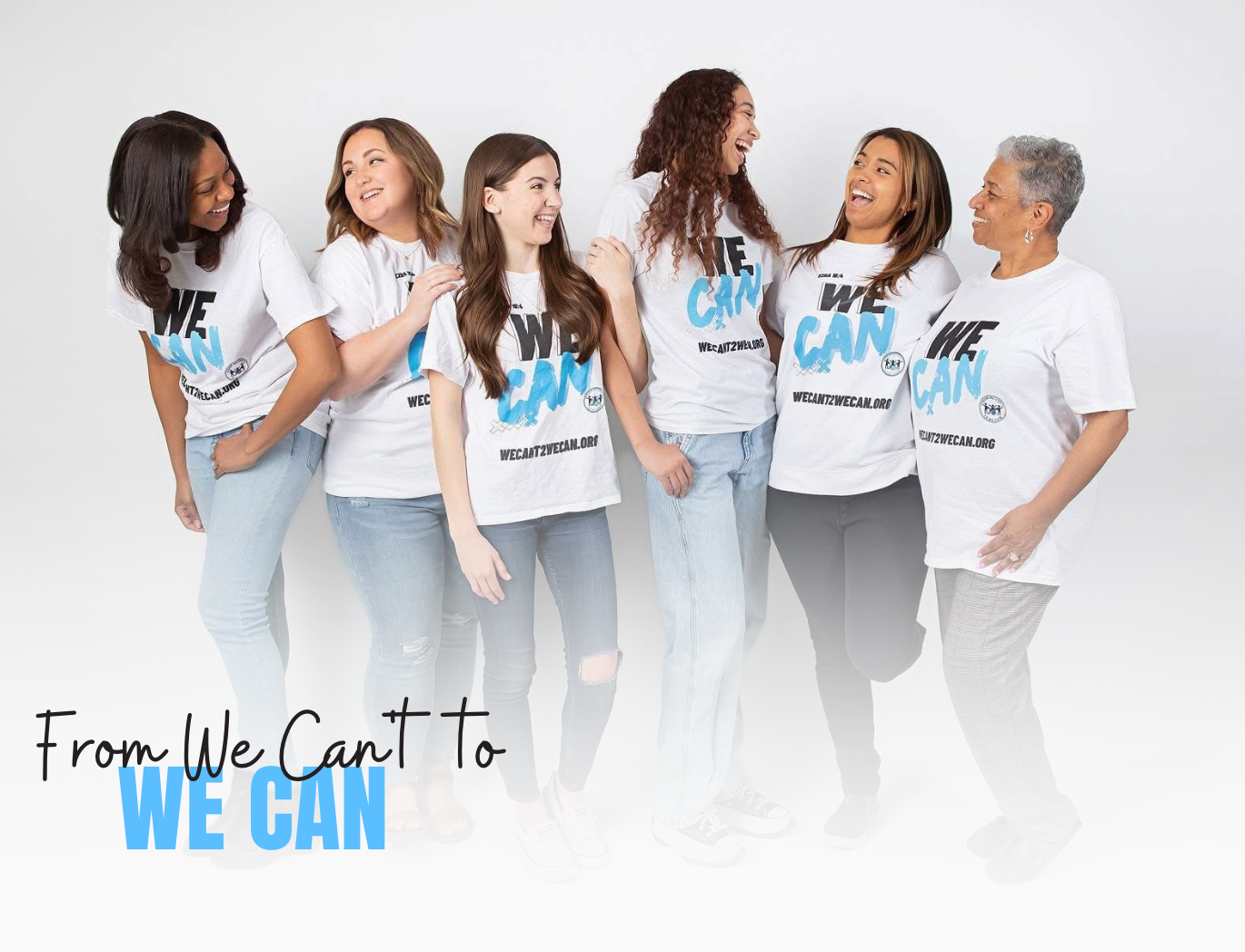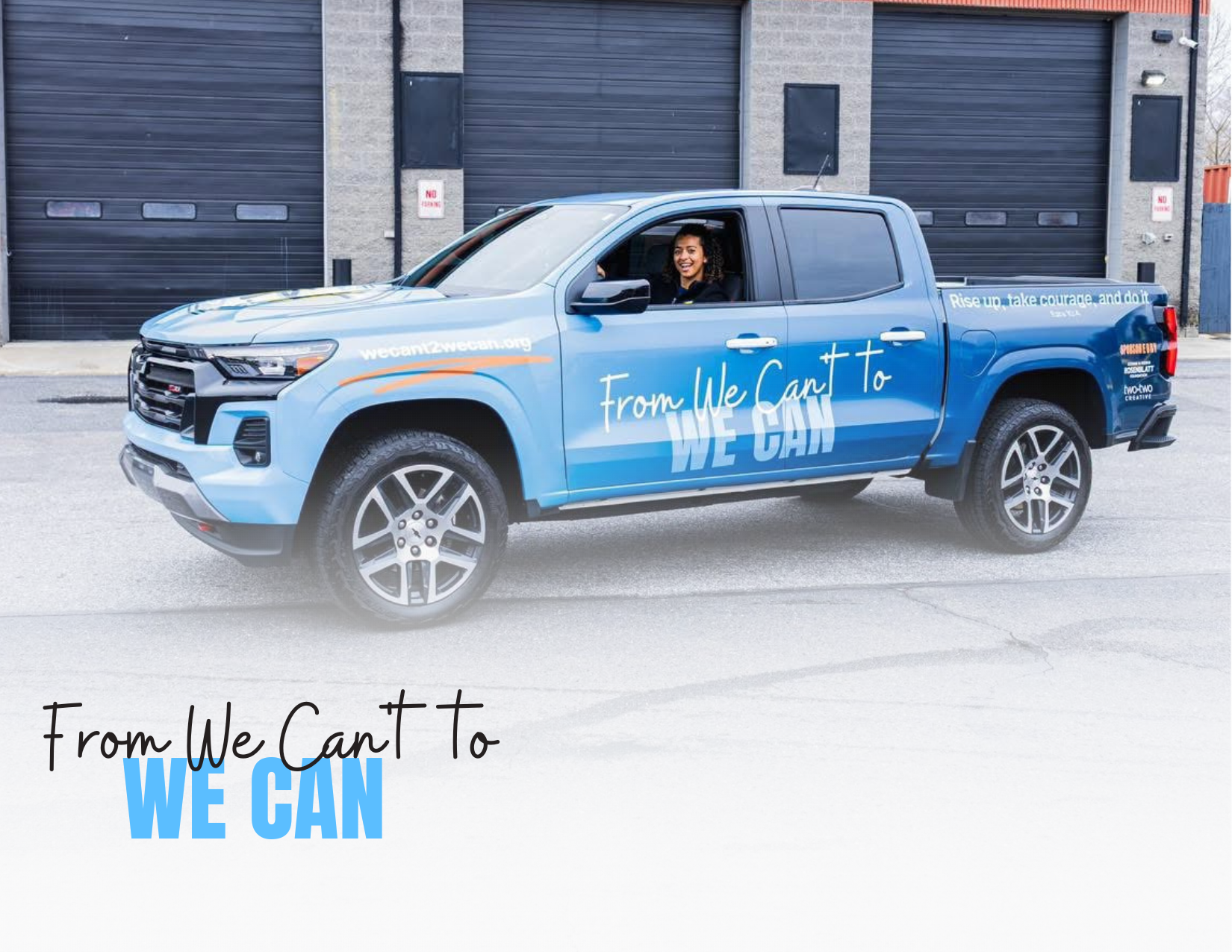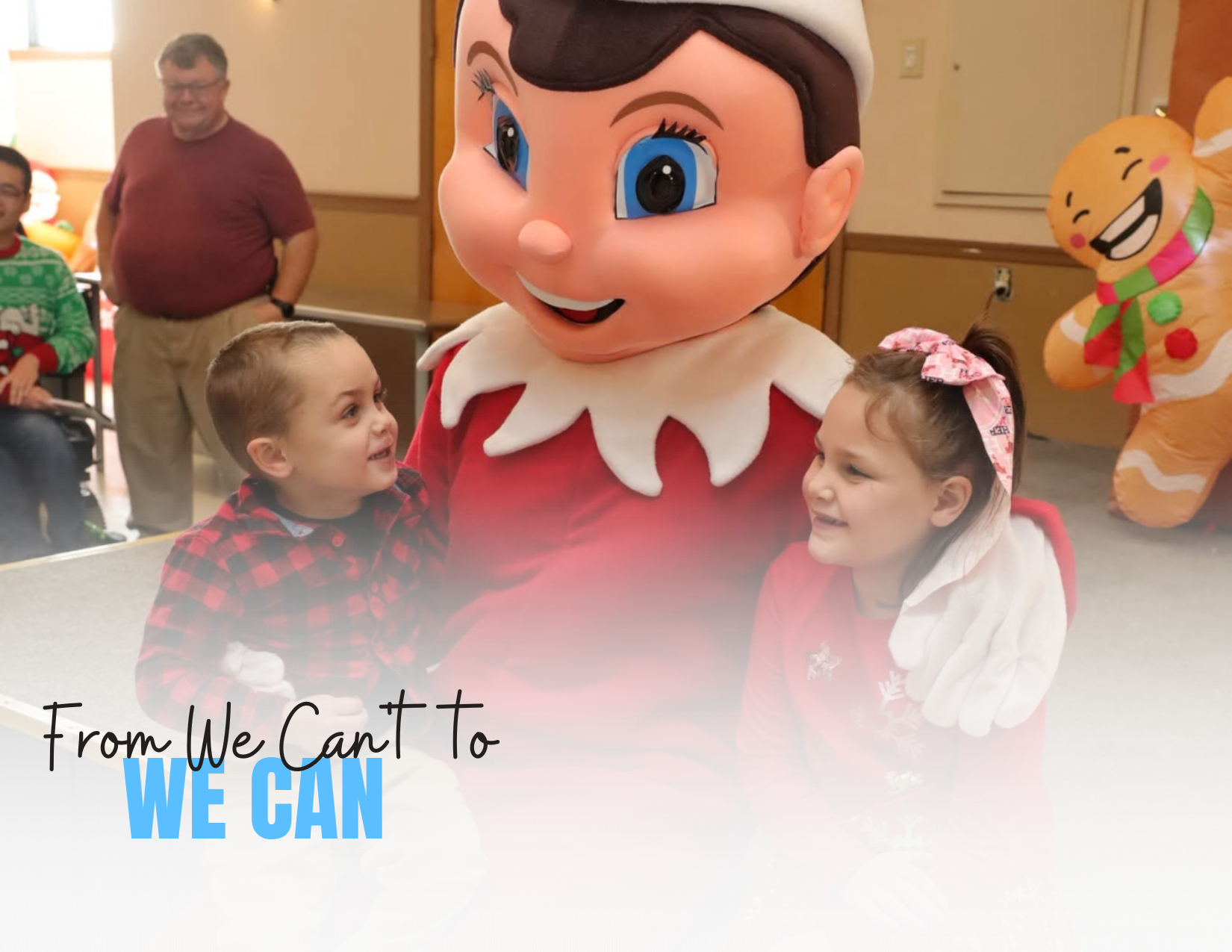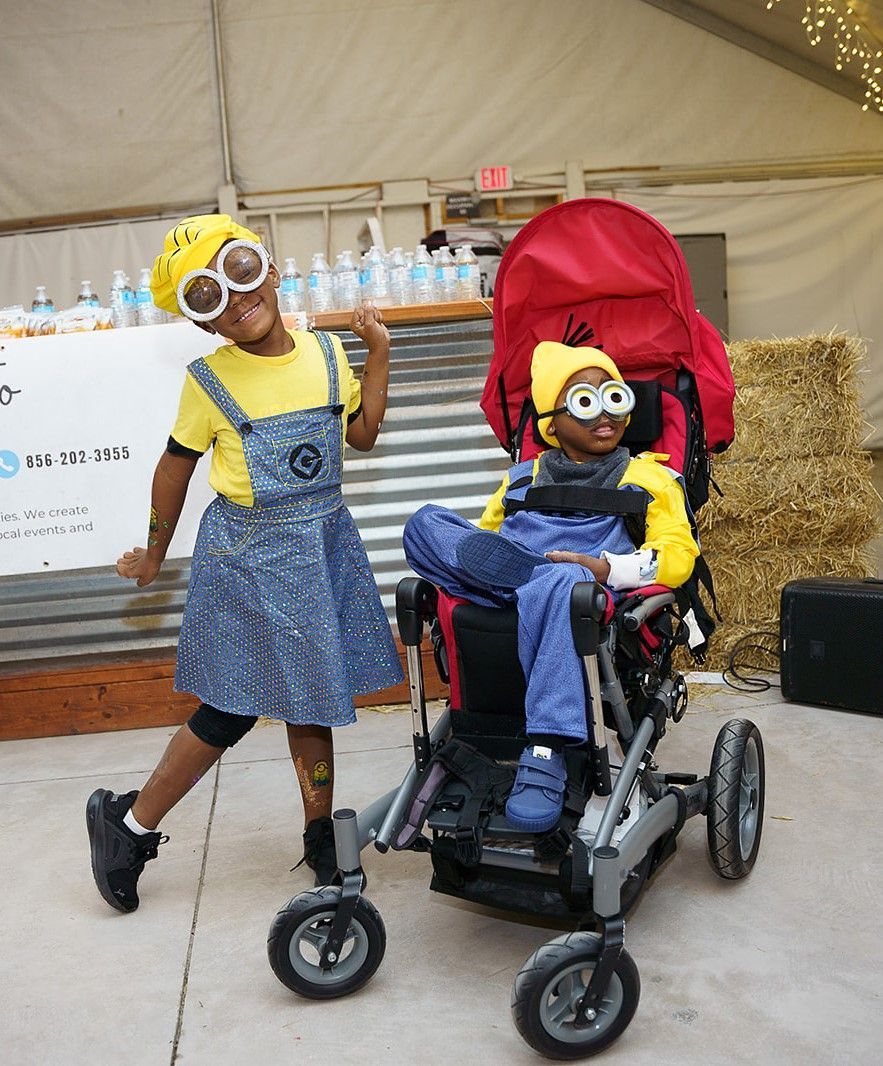Gingerbread & Joy

This past weekend, the Cumberland Mall came alive with holiday cheer as families gathered for the Inclusive Play Christmas Party. From heartfelt moments with Sensory Santa to the sparkle of creative crafts and the excitement of festive activities, the event radiated warmth and inclusivity. Children of all ages and abilities shared in the joy of the season, making this celebration a shining example of community, friendship, and holiday spirit!
Attendees were treated to a variety of engaging activities, including ornament making, gingerbread decorating, writing letters to Santa, and exploring a Play-Doh station. The event also featured painting, festive paper crafts, and a bookshelf where children could choose a book to take home and cherish. Watching families come together to create lasting memories underscores the importance of gatherings like this. It was a vivid reminder of the mission of From We Can’t to We Can—to amplify the voices of disabled individuals and advocate for their rights through meaningful representation and inclusive opportunities.
Amanda, a parent in attendance, shared her perspective on why events like these matter: “Events like these are special because special needs kids can come together and be themselves—they can have a safe space.” Reflecting on the true meaning of Christmas, she emphasized that the holiday season isn’t about the gifts under the tree. Instead, it’s about the love shared by those gathered around it.
In closing, Amanda expressed a poignant reminder for everyone: no matter the season, kindness and acceptance should prevail. She encouraged children and adults alike to embrace curiosity and understanding. “Ask questions. Don’t judge,” she said, reminding us all of the transformative power of empathy and inclusion.
This year’s Inclusive Play Christmas Party was a beautiful celebration of joy, community, and the enduring spirit of the season. It left a lasting impression on all who attended and reinforced the importance of creating spaces where everyone feels valued and welcome.
You may want to read more of our blog...
We Can Blog



